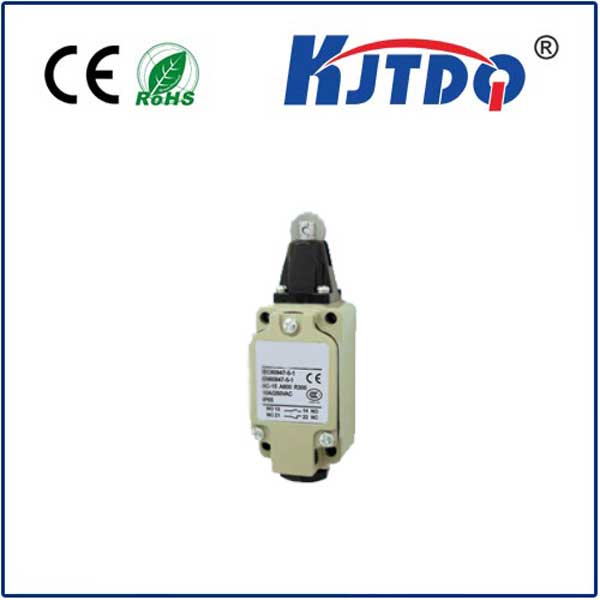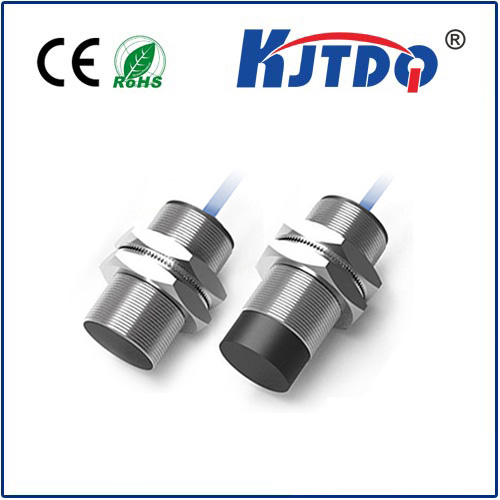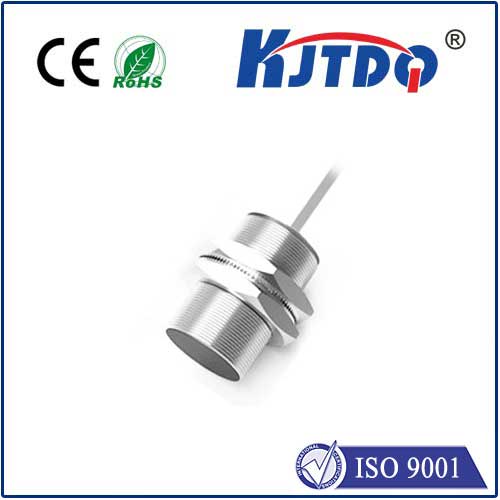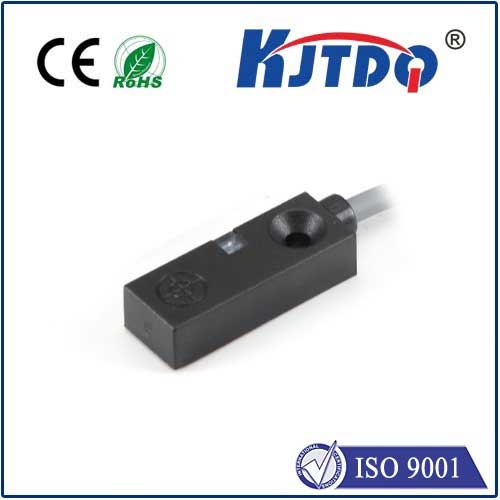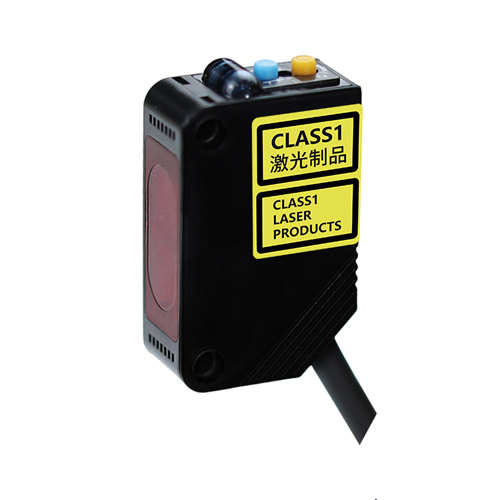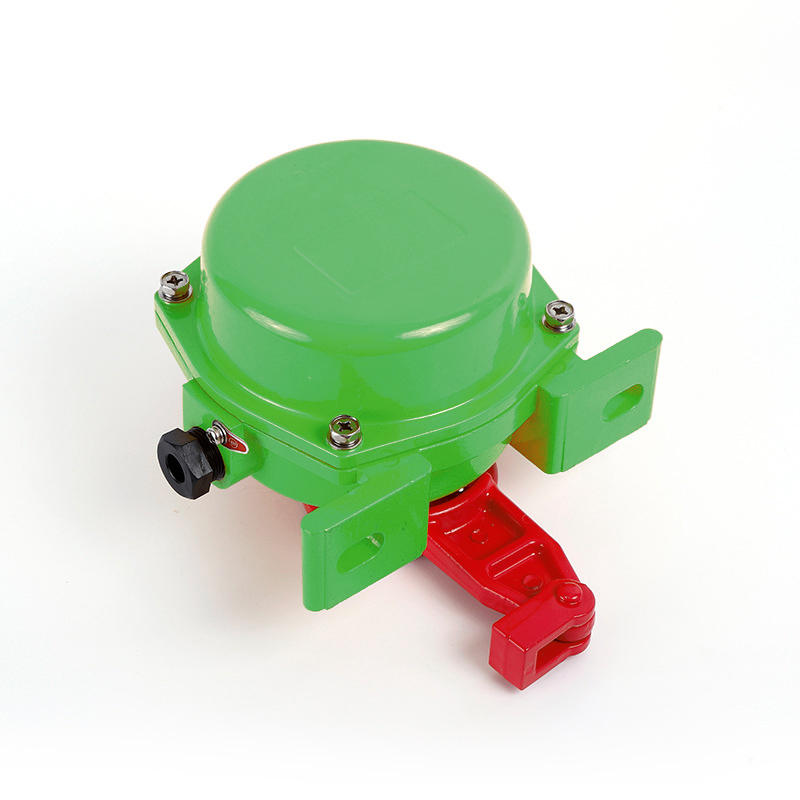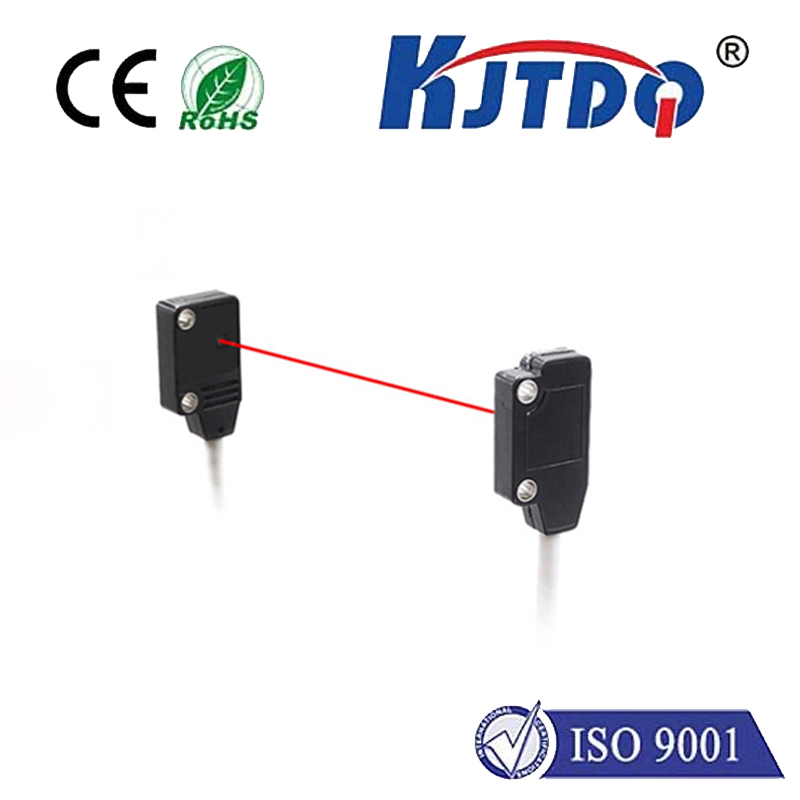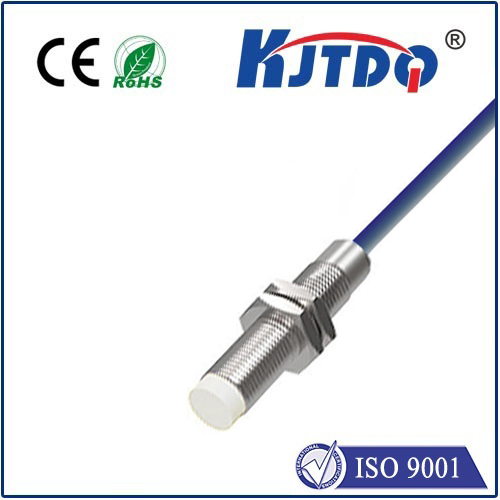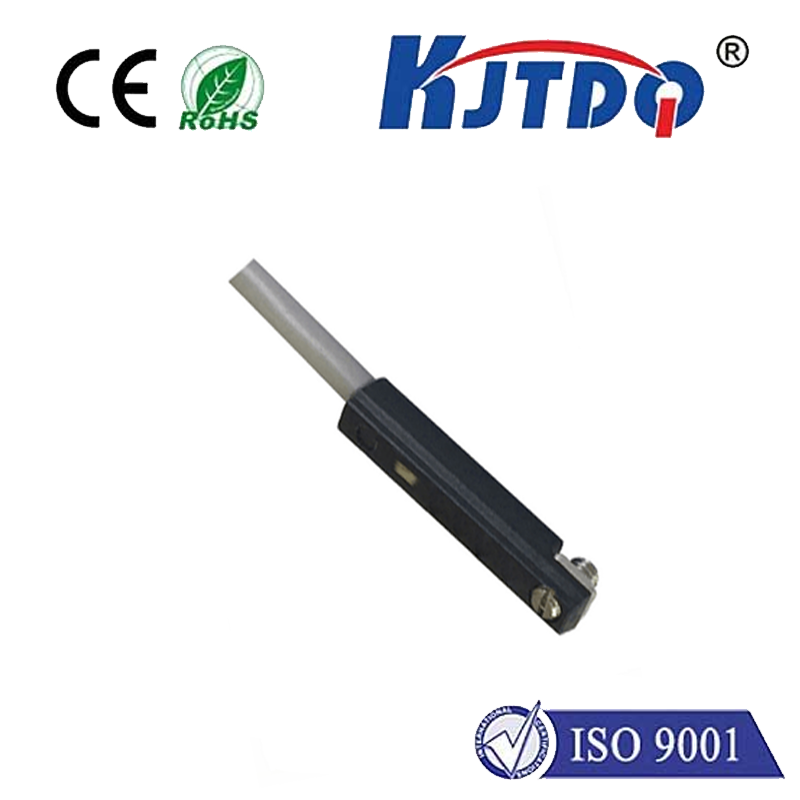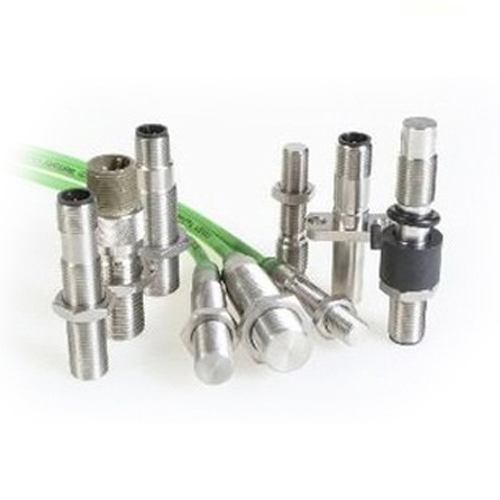snap disk limit switch
- time:2025-07-30 14:46:39
- Click:0
Snap Disk Limit Switch: The Unsung Guardian of Temperature Control and Safety
Imagine your furnace quietly humming away on a frigid winter night. Inside, unseen, a critical component monitors the heat levels like a vigilant sentry. Suddenly, an abnormal temperature spike occurs – perhaps airflow is blocked, or a critical part fails. Without intervention, this could cascade into overheating, potential fire, catastrophic failure, or unsafe conditions. But disaster is averted. A small, silent hero acts: the snap disk limit switch. Designed specifically to sense temperature extremes, this unassuming device instantly disrupts the power circuit, shutting down the system before damage occurs. This is the essential, life-saving role played by snap disk limit switches in countless applications every single day.
What Exactly is a Snap Disk Limit Switch?
At its core, a snap disk limit switch is a type of thermally activated control device. It operates as a limit switch, meaning it opens or closes an electrical circuit once a predetermined physical limit – in this case, temperature – is reached. The “snap disk” refers to the unique heart of the mechanism: a precisely manufactured, bimetallic disc.
This disc is the ingenious element. Crafted from two distinct metals bonded together, each metal has a different rate of thermal expansion – meaning they expand and contract at different speeds as temperature changes. As the disc heats up, the metal layer designed to expand faster causes the entire disc to abruptly snap or pop from a concave to a convex shape (or vice versa upon cooling). This dramatic, quick mechanical movement is leveraged to open or close electrical contacts with decisive action. This “snap-action” characteristic is crucial, ensuring a clean break in the circuit and preventing damaging electrical arcing.
How Does This Critical Safety Device Function?

The operation is elegantly straightforward:
- Temperature Sensing: The snap disk switch is strategically positioned within the equipment or system to accurately sense the temperature of the critical component or environment it protects (e.g., near a heating element, motor winding, or within a duct).
- Thermal Expansion: As the ambient temperature rises, the bimetallic disc heats up. The difference in expansion rates between the two metal layers generates internal stresses.
- The “Snap”: Upon reaching its precisely calibrated trip temperature, the accumulated stress overcomes the disc’s structural stability. It instantaneously snaps from one shape (e.g., concave) to the opposite (e.g., convex).
- Electrical Contact Action: This rapid physical movement is mechanically linked to electrical contacts inside the switch housing. Depending on the design (normally open (NO) or normally closed (NC)):
- The snap can open contacts that were closed (breaking the circuit - typical for safety shutdowns).
- Or, the snap can close contacts that were open (completing a circuit - used for process control signaling).
- System Response: The change in the electrical circuit state triggers the intended system response, such as shutting down power to a heating element, turning on a fan, activating an alarm, or cycling the system.
The beauty lies in its simplicity and reliability. No batteries, no complex electronics required – just the fundamental principle of physics ensuring fail-safe operation when overheating occurs. Most snap disk limit switches designed for safety are resettable. Once the temperature drops below a specified reset point (usually lower than the trip point), the bimetallic disc snaps back to its original shape, re-establishing the original circuit state, ready to protect again.
Where Are Snap Disk Limit Switches Indispensable?
These vital components are ubiquitous guardians of safety and control across numerous industries:
- HVAC Systems (Heating, Ventilation & Air Conditioning): Protecting furnaces, boilers, heaters, heat pumps, and air handlers from dangerous overheating caused by blocked airflow (dirty filters), gas valve failure, or pump failure. They act as high-limit safety switches and fan control switches.
- Appliance Safety: Found in clothes dryers (preventing lint fires), electric ovens and ranges, coffee makers, water heaters, and dishwashers, ensuring components don’t exceed safe operating temperatures. Appliance thermal protection is their core mission.
- Commercial & Industrial Equipment: Integral to industrial ovens and furnaces, food processing equipment, packaging machinery, motors, transformers, and power supplies. They provide overtemperature protection for critical assets.
- Automotive & Transportation: Used in engine monitoring, battery charging systems, electric vehicle battery packs, and auxiliary heaters.
- Electrical Enclosures: Protecting sensitive electronic components from overheating within control panels.
Key Advantages: Why Choose a Snap Disk Switch?
The enduring popularity of the snap disk limit switch stems from several compelling benefits:
- Robust Reliability & Durability: With no delicate electronics and a simple mechanical design, they offer exceptional resilience in harsh environments involving vibration, moisture, dust, and electrical noise. Rugged construction ensures longevity.
- Fail-Safe Operation: When functioning as a safety switch (typically NC type), any failure of the snap disk mechanism itself (e.g., becoming stuck) usually results in the contacts opening, ensuring a safe shutdown – a critical safety redundancy feature.
- Precise & Repeatable Action: Modern manufacturing allows for very precise calibration of the trip temperature. The snap-action ensures consistent and repeatable performance over countless cycles. Accurate temperature calibration is vital.
- Simple Installation & Low Cost: Generally easy to install and relatively inexpensive compared to complex electronic controllers, offering tremendous value for the safety provided. Cost-effective protection is a major advantage.
- Self-Contained & Low Power Consumption: They require no external power source to operate the sensing mechanism, consuming power only when carrying the load current through their contacts.
Selecting the Right Snap Disk Limit Switch
Choosing the correct device requires careful consideration of several factors:
- Trip Temperature & Reset Differential: The critical temperature for shutdown and the temperature drop needed for automatic reset.
- Electrical Rating (Voltage & Current): Must match the circuit requirements it controls.
- Contact Configuration (NO/NC): Select based on the required action (shutdown on overtemp vs. signaling on overtemp).
- Resettability: Automatic reset, manual reset, or non-resettable (often used as a one-time fuse).
- Housing & Mounting: Must withstand the environmental conditions (temperature range, humidity, chemicals) and allow for proper thermal sensing contact.
- Certifications: Relevant safety certifications (UL, CSA, VDE, etc.) are mandatory for specific applications and regions. Ensure compliance standards are met.
From preventing catastrophic appliance fires to ensuring multi-million dollar industrial processes run safely, the snap disk limit switch is a testament to the power of simple, reliable engineering. Its bimetallic snap disc technology provides an essential layer of thermal protection that operates silently, efficiently, and decisively. When specifying safety controls for temperature-critical systems, understanding the role, function, and advantages of the snap action limit switch is fundamental to implementing effective and dependable protection strategies. It remains a cornerstone component in safeguarding equipment, property, and lives.






